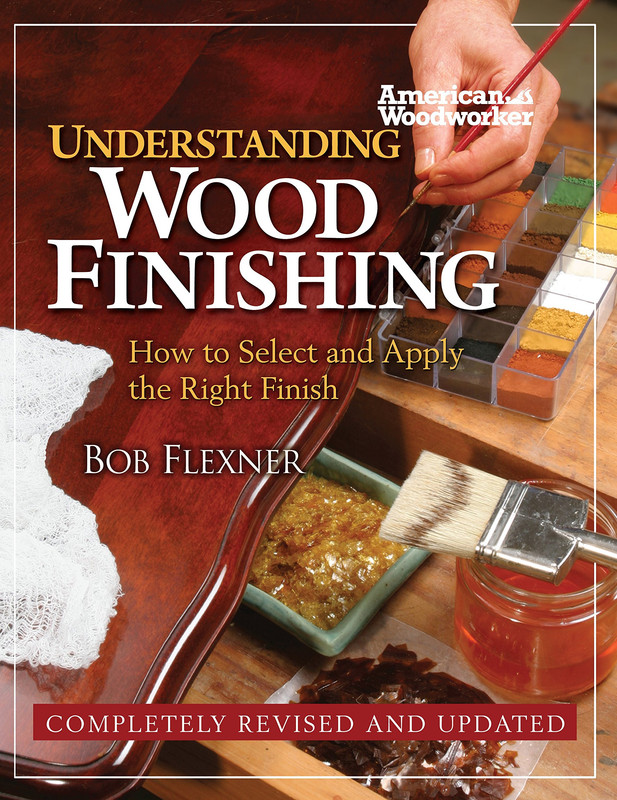Keith what works as good ?
To answer that question, you would have to tell us just what sort of finish you want. In the wood? An on the wood built up finish? Traditional, or tough and shiny as a new bowling pin? What looks correct and proper on a Weatherby rifle won't look right on a flintlock fowler or old vintage double. If you only want a finish that won't spot or turn white in the rain, most any good polyurethane or oil modified urethane will work well at a fraction of the cost. Permalyn or McClosky's Man-O-War are good choices, and have been used by a number of highly respected stockmakers.
Actually, I've spent long days out hunting in the rain with old vintage doubles that I'm quite sure have plain old shellac finishes, and a protective coat of Johnson's paste wax was good to keep them from getting water spots. You can tell a shellac finish very easily if plain rubbing alcohol will easily remove it. If you can find honest to goodness real spar varnish, which unfortunately is not as simple as believing what you read on a label, then you will have a wood finish that was developed for severe outdoor wood protection in all kinds of weather. Pure tung oil is a great finish, much better than linseed... if you can find real pure tung oil. But like linseed, you won't get good results in one day.
A few days ago while Christmas shopping, I found a nice selection of Watco Danish Oil in 16 oz. cans for only $3.99 each. It works well for some applications, and brings out grain and figure nicely, so naturally, I snagged several cans. Whatever you use, it is always wise to try some on a scrap or hidden part of the same wood to see exactly what you will end up with appearance wise. Try 10 different "natural" finishes on the same piece of wood, and you will get 10 different looks.
I totally agree with what Mike Hunter said about linseed oil finishes. Properly done, and with dryers added versus straight pure linseed, you can certainly get an attractive finish. But linseed is a poor choice for a gunstock if you wish to keep out moisture. He is also correct about the typical use for sunflower oil. It would be a great choice for a gun stock finish if you plan to use your stock as a food cutting board.
While this book is geared more toward furniture finishing, I found it to be a very good source of information about the finish you buy, the attributes and deficiencies of various finishes, what you think you are buying, and and more importantly, what you are actually buying. The disciples of Linseed won't like what the author has to say about their favored finish.
